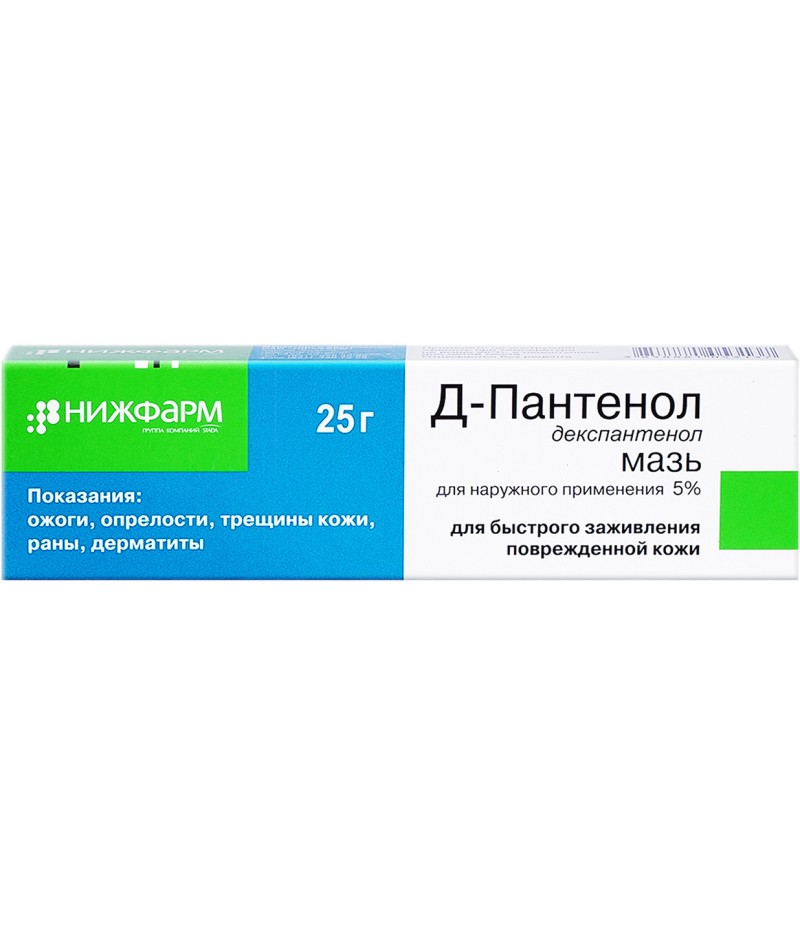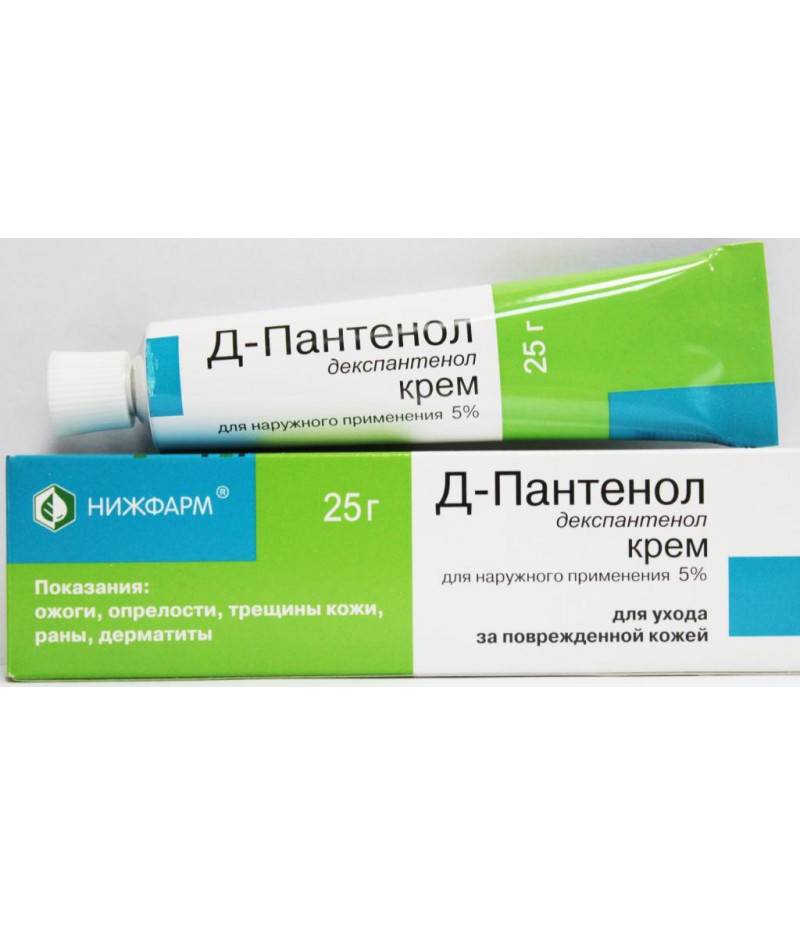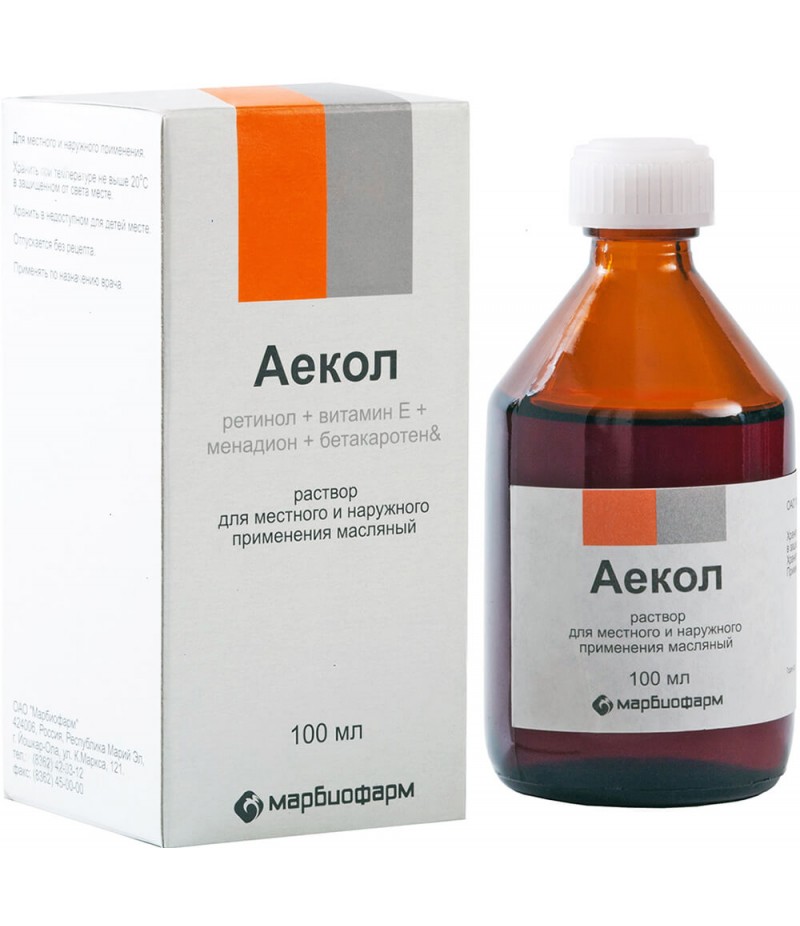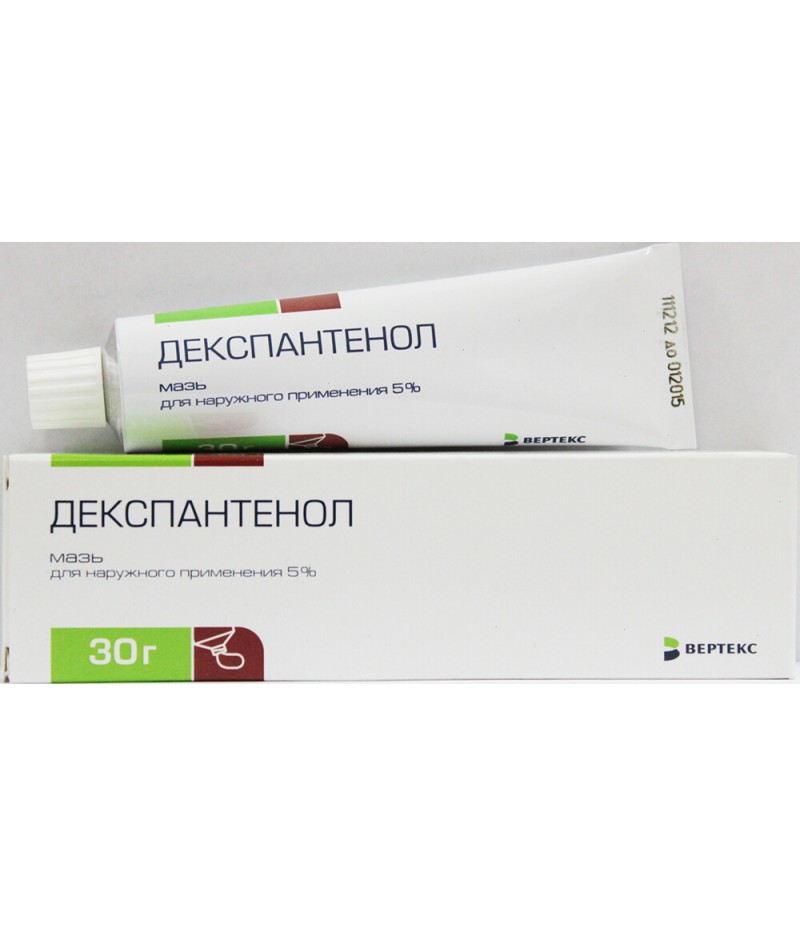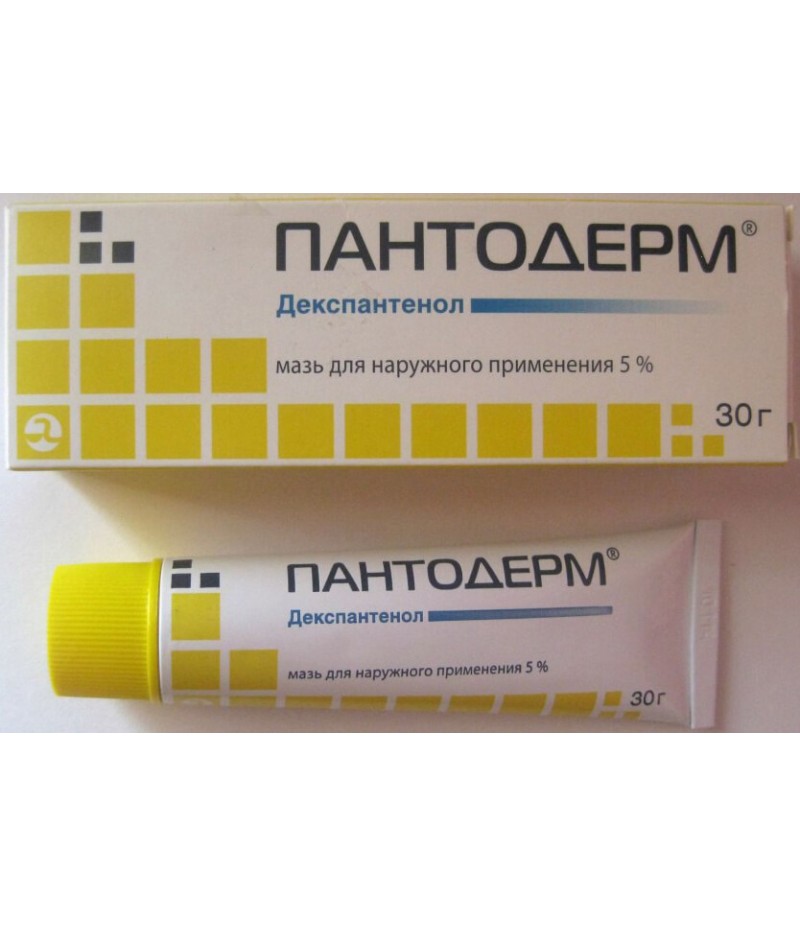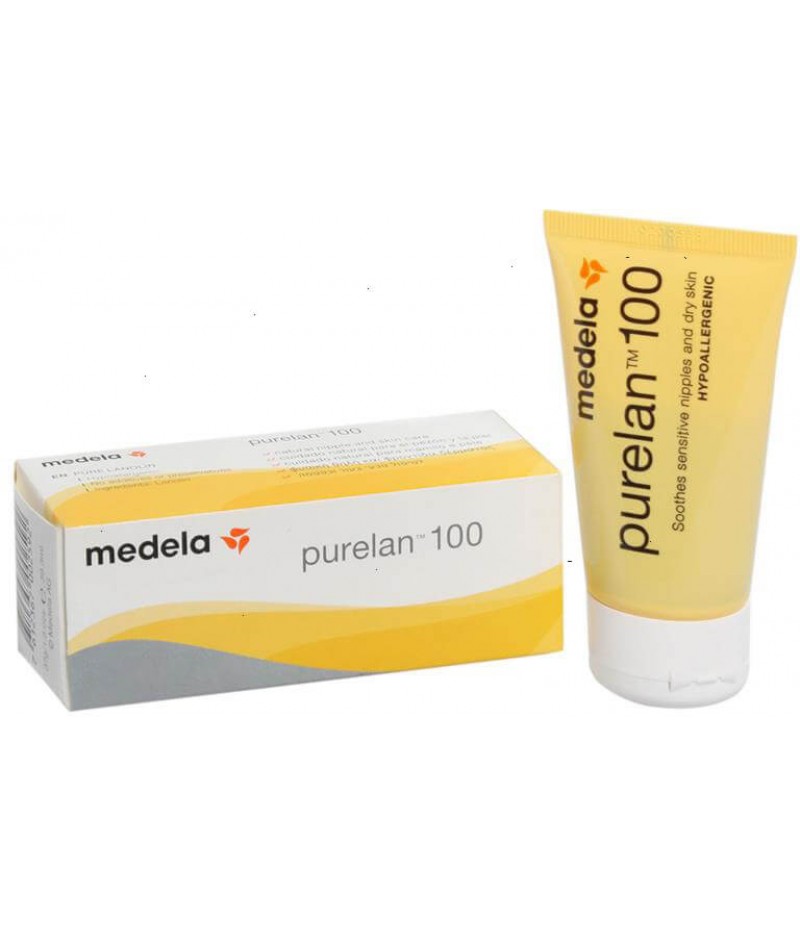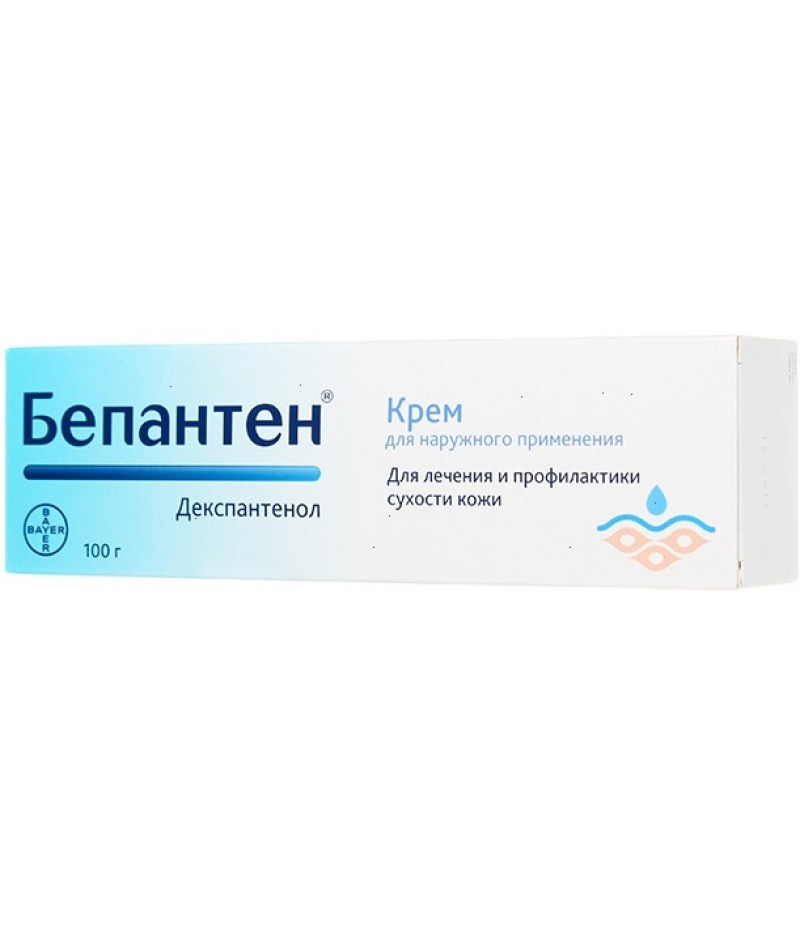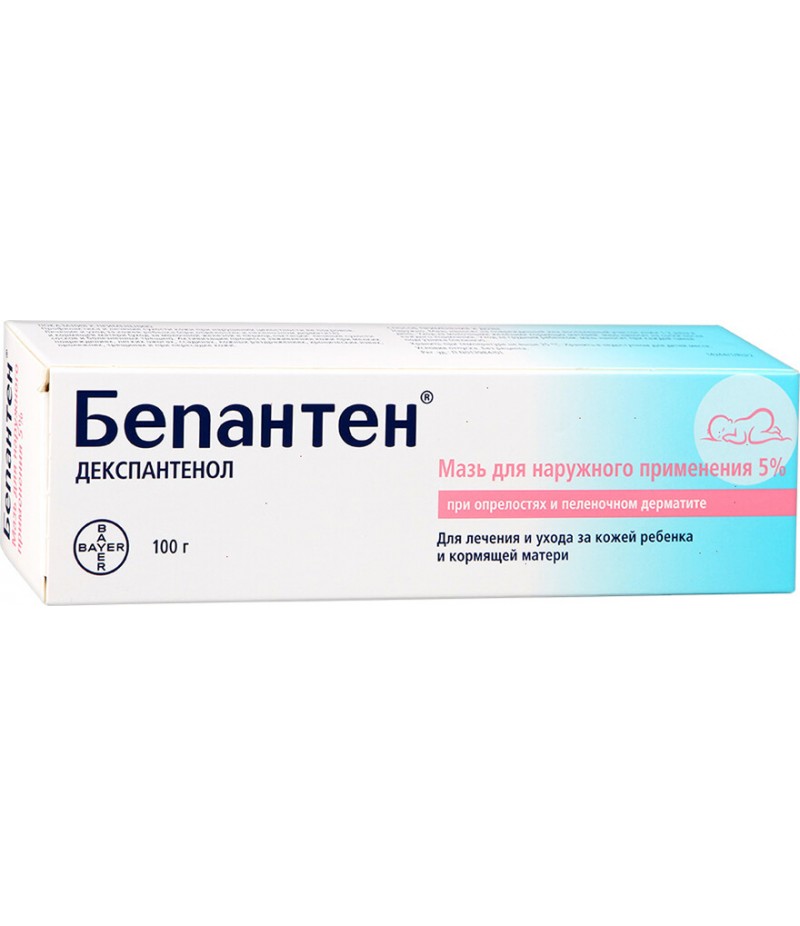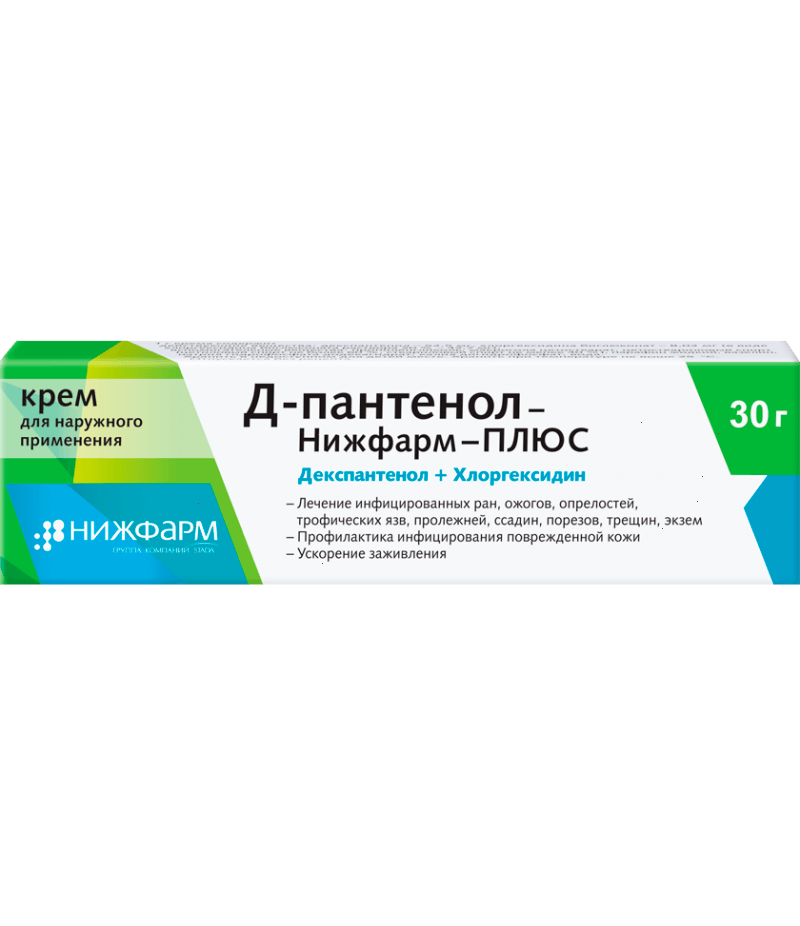D-panthenol ointment 25gr
- $13.88
- 3 or more $12.70
- Availability:In Stock
D-panthenol instruction manualYou can buy D-panthenol on this pageThe drug D-panthenol is a drug for external use, which accelerates the processes of tissue regeneration, promotes healing of small wounds, eliminates dryness and pe..
D-panthenol instruction manual
You can buy D-panthenol on this page
The drug D-panthenol is a drug for external use, which accelerates the processes of tissue regeneration, promotes healing of small wounds, eliminates dryness and peeling of the skin.
Form of formulation and composition of the preparation
The drug D-panthenol is available in the form of an ointment and cream. Ointment 5% is packed in an aluminum tube in volume of 25 or 50 g in a cardboard kidney with the accompanying instruction. The main active component of the ointment is dexapanthenol, as auxiliary components are: white petrolatum, vaseline oil, lanolin, cholesterol, isopropyl alcohol, hydroxybenzoic acid, distilled water.
Cream 5% is available in aluminum tubes of 25 or 50 g in a cardboard bundle with the attached detailed description of the drug. The main active component of the cream is dexapanthenol, as auxiliary components are cetyl alcohol, ketomacrogol, dimethicone, glyceryl, flavor, distilled water, ethers of p-hydroxybenzoic acid. Unlike ointments, the cream has a more dense consistency.
Pharmacological properties of the drug
The main active substance of the drug D-panthenol is, in its structure, a derivative of pantothenic acid. When applying the drug in any form, a number of chemical and metabolic reactions take place on the surface of the skin, during which dexapanthenol is converted to pantothenic acid. This substance strengthens and stimulates the process of skin regeneration, improves metabolic processes in tissues, increases the strength and elasticity of collagen fibers.
The drug D-panthenol has on the skin an emollient, nutritious, moisturizing and anti-inflammatory effect.
Indications for use of the drug
The drug D-panthenol in the form of ointment and cream is prescribed for the treatment and prevention of the following skin conditions:
Burns of various origins (thermal, chemical, etc.);
Dry skin, cracked skin;
Dermatitis of various genesis;
Treatment of wounds and scratches;
Cracks in the nipples of nursing mothers;
Treatment of anal fissure;
Treatment of the skin around the installed gastrostom, tracheostom, drainage, etc .;
Prophylactic protection of sensitive skin from negative effects of environmental factors and weather conditions;
Trophic ulcers in complex therapy;
Prevention and treatment of diaper dermatitis in children;
Treatment of decubitus in severely ill;
Treatment of skin irritation after prolonged exposure to direct sunlight;
Prevention of diaper rash in infants (as a protective cream for diapers);
Care for flaky skin, prone to irritation and redness.
Contraindications to use
The drug D-panthenol in the form of an ointment or cream is not prescribed to patients with an individual intolerance to dexapanthenol or auxiliary components of the agent.
Dosing and Administration
The drug D-panthenol in any of its dosage forms is applied to the damaged skin areas from 1 to 4 times a day with a thin layer. If necessary, the tool can be used much more often.
In severe skin pathologies or excessive irritation and dryness, it is permissible to use occlusive gauze dressings. The drug in both its dosage forms is allowed to be used not only on the skin surface, but also on the mucous membranes, for example, with mechanical damages of the vaginal walls, erosions of the cervix and other conditions.
With festering wound surfaces or neglected bedsores, the lesion before treatment with D-panthenol is pretreated with an antiseptic solution, eliminates crusts and pus, and only then an ointment or cream is applied.
The drug is allowed for use in pediatric practice for babies from birth. Ointment or cream should be applied to the skin after each washing of the baby, when changing a diaper.
The duration of the drug is determined by the doctor, depending on the severity of skin pathologies. D-panthenol can be used for a long time without the fear of getting used to the drug or developing an overdose.
Use of the drug during pregnancy and breastfeeding
The use of cream or ointment D-panthenol for the treatment and prevention of skin pathologies in pregnant women is permitted under the supervision of a doctor. One should be careful when using the drug in the first trimester of pregnancy, because at this time there is a powerful hormonal reconstruction of the entire organism of the future mother, and applying D-panthenol to the skin can cause allergic reactions.
Cream or ointment is allowed without restrictions to use nursing mothers for the treatment and prevention of nipple cracks. For this, the drug should be applied to the nipple area after each feeding of the baby, it is not necessary to rinse, since even when ingested, the medicine does not cause a negative reaction in the baby.
Side effects
The drug D-panthenol in any of its dosage form is well tolerated by patients of any age. In very rare cases, with individual hypersensitivity to the components of the drug, the patient may develop the following side effects:
Itching and burning of the skin;
Local increase in body temperature;
Hives;
Development of contact dermatitis.
As a rule, these side effects are poorly expressed and do not require withdrawal of drug treatment.
An overdose of the drug
Until now, there have been no reported cases of overdose with D-panthenol in patients even with prolonged use.
Interaction with other medicinal products
With the simultaneous use of the drug D-panthenol with local antiseptics, there is an increase in their therapeutic effect.
special instructions
The drug is not practically absorbed into the common bloodstream, therefore it can not exert any influence on the work of the central nervous system. The drug does not inhibit the speed of psychomotor reactions, so it can be used without fear to treat people whose work is related to the management of mechanisms requiring increased concentration of attention.
Conditions of dispensing and storage of the drug
The drug is dispensed in pharmacies without a doctor's prescription. D-panthenol should be kept away from children, in a dark place at a temperature of not more than 25 degrees. Do not allow direct sunlight to hit the tube with the medicine. Shelf life of the drug in the form of ointment is 2 years from the date of manufacture, after which the medicine is recommended to be thrown away. The shelf life of D-panthenol in the form of a cream is not more than 1.5 years from the date of manufacture.

